An appreciation of Archer Maclean’s peerless Defender tribute
In the 1980s, when dedicated coin-op PCB’s lead the technological gaming charge (and before many of the industry’s legal teams were quite so hot on little things like Intellectual Property rights), one of the most coveted types of home computer release was the competent “arcade clone”. Developed by Archer Maclean for the Atari 8-bit series of computers under the pseudonym Arena Graphics and released by U.S. Gold, Dropzone was a loving homage to Eugene Jarvis‘ seminal, and infamously severe shoot ’em ups Defender and Stargate (a.k.a. Defender II).
Dropzone shared the Williams cabinets’ gameplay fundamentals: a scrolling, wrap-around play-field with the player defending eight slightly abstract ‘men’ from a variety of both passive and (extremely) aggressive enemy alien sprite types equipped with only a rapid fire laser, a supply of screen-clearing smart bombs and the gift of reincarnation. Whereas Defender didn’t so much as offer a bare bones ‘plot’ on the attract screen, home computer cassette/disk inlay protocol demanded that Dropzone was at least afforded the semblance of a scenario; to wit, a scientific research installation on Jupiter’s innermost moon (the volcanic Io) was under attack and you were employed to single-handedly protect the occupants.
Though patently a huge fan of the original arcade games, Maclean was both confident enough in his own abilities as a (first-time by the way) game designer, and aware of the strengths and weaknesses of the host platform, to make a few changes. Dropzone was much easier then Defender/Stargate for a start. Outside of the arcades, where a high turnover and a fast return of quarters/ten pee pieces was required, Dropzone could offer a much more gentle difficulty curve; even dozens of waves in it was still not as difficult as even the opening stages of the brutal Defender. This may have also partly been due to technical limitations, with the relatively modest hardware restricting the amount of sprites on screen. However I’m not convinced of my own theory as the game still became wildly intense and frenetic – particularly during the periodical ‘Trailer Invasion’ bonus waves where the screen would be flooded with multicoloured sprites. Defender was liable to drop frames and stutter when busy, whereas I recall – though this may be rose-tinted spectacles – my 800 XL maintaining a smooth 50 frames per second refresh rate at all times. To give an indication as regards to the difference in the levels of challenge, a typical game of Defender for me lasts a few minutes and my best score is in the tens of thousands, whereas on Dropzone I could play for hours and score in the millions, despite a comparable adversary points tariff.
Other subtle yet significant differences included the addition of a little simulated gravity. Your jet-packed character – in itself a charming twist on the functional spaceship of the Williams games – would convincingly descend to the bottom of the screen if left unattended. This inclusion required the player to manually maintain position on the X axis while zooming about the place as opposed to being able to cruise effortlessly at a specified height in the arcade games. This may sound an unnecessarily fiddly addition but in fact it contributed to an increased sense of involvement and another layer of challenge as movement around the game world demanded further concentration. Better yet, as you accelerated left or right your legs would tuck in underneath meaning that you had an ever-so slightly reduced collision profile when you were travelling at more dangerous speeds. A brilliant touch, as was the idle animation of the guy or gal wiping his/her visor between phases. Also hugely cool was seeing that enemies ahead on the scanner were below your height and allowing your sprite to naturally arc towards the floor so that your X axis would align with that enemy’s at the point which you brought it onto the screen allowing you to vaporise it instantly. Intelligently Maclean ensured that Dropzone’s jet-packer had a sharper – though still affected by inertia – turning circle than Defender’s craft, and the coin-ops’ Up/Down lever and ‘Reverse’ button interface was eschewed in favour of eight-way joystick control. Furthermore, rather than each press of the fire button emitting one single blast from your laser as per Defender, a little flurry of shots was issued on both depression and release of the button, giving you a satisfying burst of death-dealing energy with minimal effort and little risk of RSI. It’s worth noting that, although the controls were streamlined compared to those of the arcade game, extra buttons were still required for both your crucial smart bombs (the space bar) and cloaking device (any other key), so this game was best played with a joystick fitted with suckers plus thumb and/or trigger buttons so you could rest your other hand on the keyboard. Also significant is that Dropzone features neither Defender’s often suicidal ‘hyperspace’ command nor Stargate’s titular warps.
The other key mechanical difference is where in Jarvis’ games your humanoids working the surface below were doomed to roam out in the open, forever vulnerable to the xeno-hordes, Dropzone’s little dudes could be deposited inside their base. Complete with neatly animated elevator platform, the pattern of play is that each stage began with you sweeping to and fro to try to secure as many of the eight workers as possible. This would net the player a hefty bonus per person saved at the end of the wave. The penalty for losing all of your scientists was that the volcanoes of Io erupted (replacing the Mutant swarm of the Williams games), spewing deadly, bouncing balls of lava for potentially several consecutive stages until your crew was replenished. Marvellously, even the home base didn’t offer total security because a few stages in the Android was introduced, a ‘base-invader’ enemy type who killed human scientists in their own home.
The game looked superb, with pixel-smooth scrolling and a far more detailed planet surface and lavishly animated sprites than Defender. Even during the game’s frequent moments of mayhem, it was always clear where the player sprite was and what perils surrounded him, with enemy bullets picked out as a bright pulse over the gently glowing stars of the backdrop. Defender and Stargate remain two of the most incredible sounding videogames with their rumbling bass and crisp white noise effects ripped straight from Williams’ late seventies pinball machines. Although Dropzone was lacking the gorgeous ‘thudding’ of enemies being destroyed it generated an atmosphere of its own with some terrific ambient and spot effects, most memorably where the plaintive chirp of a threatened humanoid n Defender is replaced by an adorably urgent scientist’s ‘whistle’.
Maclean, when interviewed in the Commodore specific Zzap! 64 magazine, famously likened the 8-bit Atari to a Porsche and the CBM machine to a “…three-wheeled roller skate with a puncture” as regards to the respective capabilities of the two machines. Indeed, though the C64 port of Dropzone was an entirely playable and feature-complete version of the game, it was noticeably slower and less colourful than the Atari original. That Zzap! still saw fit to award the C64 version 95% and a coveted Gold Medal should give you an inkling of just how awesome the Atari version was. Frustratingly however, it was the inferior version that was a featured bonus running under emulation in several of Maclean’s later games including Jimmy White’s 2: Cueball and Pool Paradise.
Dropzone’s legacy is largely disappointing. A coin-op version of the original Atari game was due to enter arcades but I don’t believe it got beyond prototype stage. Certainly if it was released it was not widely distributed. Game Boy, Game Gear and NES conversions were released by Acclaim, Codemasters and Mindscape respectively, while a successor – Super Dropzone (1994) – developed by Eurocom came to SNES, GBA and PSone, adding uninspired power-ups, dull bosses, ‘better’ graphics but was missing much of the beautiful playability of the original.
Throughout the Amiga/ST years 16-bit gamers were treated to a raft of Defender variants, notable examples including Logotron’s StarRay (1988), Psygnosis’ Anarchy (1990) and Mindscape’s Overkill (1993). Ironically the closest thing Dropzone got to a worthy sequel was a clone itself. Canada’s Visionary Design were obviously big fans of Maclean’s work and made an extremely addictive successor in Datastorm (1989). Datastorm made no secret of its influences and retained many of Dropzone’s enemy and gameplay designs but added accepted late eighties shoot’em up staples in the shape of power-ups and bosses – all far more exciting than anything Eurocom came up with for Super Dropzone five years later. The game also utilised the Amiga’s superior graphical and processing ‘oomph’ to speed everything up, add even more sprites and even faster scrolling, with potential frustrations circumnavigated by giving the player access to blistering rapid fire and spread shots.
That 23 year old Amiga game is still, for my money, the closest thing to a definitive Dropzone successor, spiritual or official. However I still yearn to see a true Dropzone ‘DX HD’ coded by Archer, perhaps for XBLA/PSN/Steam. in my mind exists a game which is every bit as compelling as Dropzone which retains 100% of that game’s perfect ‘feel’ while adding all the contemporary bells and whistles.
Maclean’s last game of note was 2005’s Archer Maclean’s Mercury, an interesting and well-received puzzle game which has since been ported across to a number of different formats. Apparently since the release of 2009’s poorly-received Wheelspin (a.k.a. SpeedZone) for the Wii, Maclean has parted company with his own Awesome Studios, possibly under ‘mysterious’ circumstances; the ‘Archer Maclean’ part of the title has been dropped from subsequent iterations of Mercury. I’d be fascinated to hear from anyone reading this who knows of the current whereabouts and circumstances of this hugely talented programmer (also famous for the absurdly entertaining IK+ (1987/1988) lest we forget) and passionate coin-op collector/restorer.

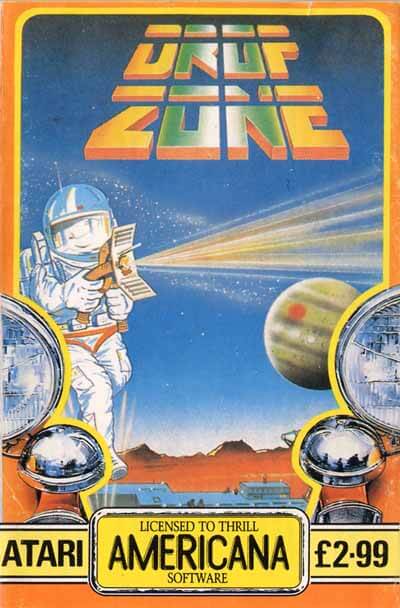

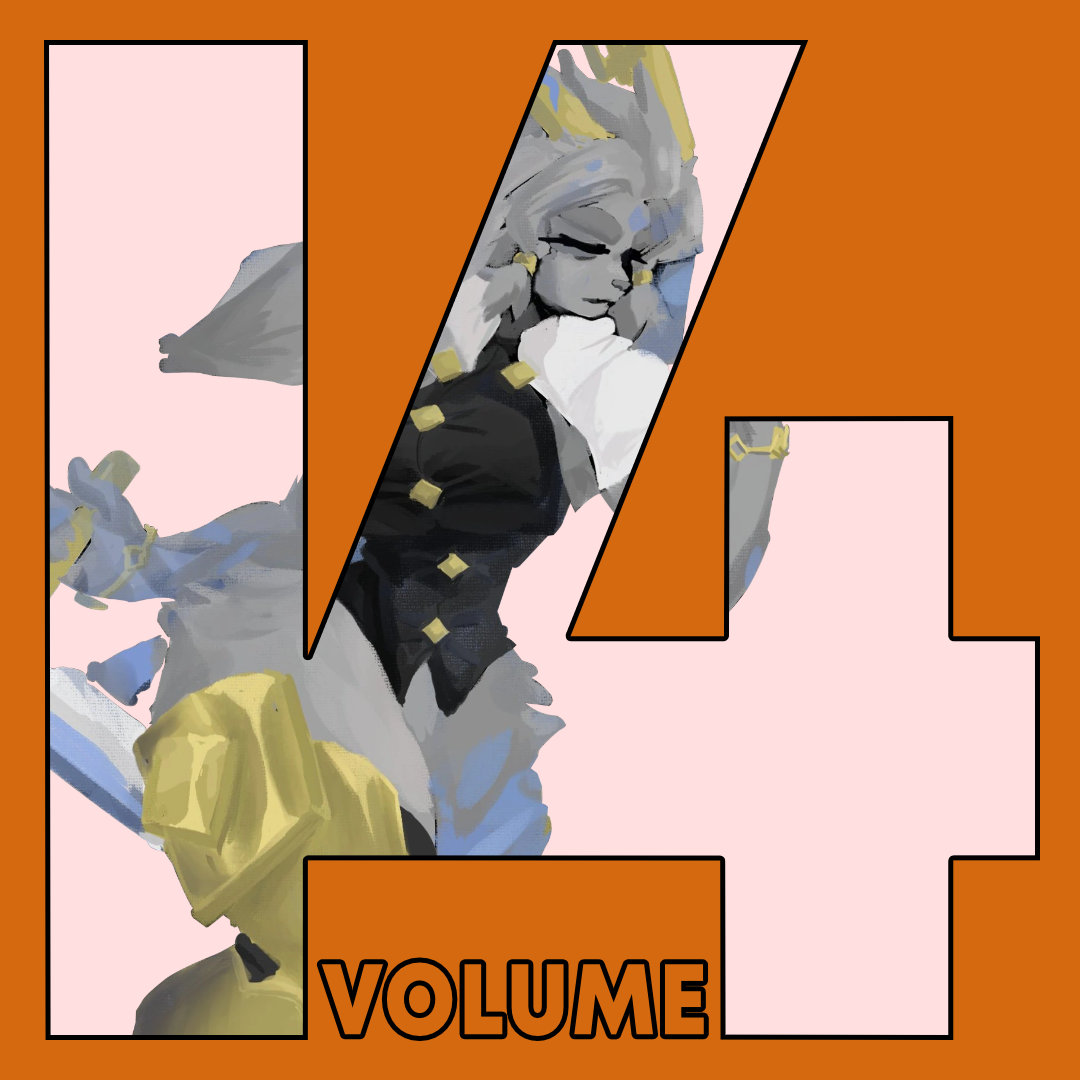

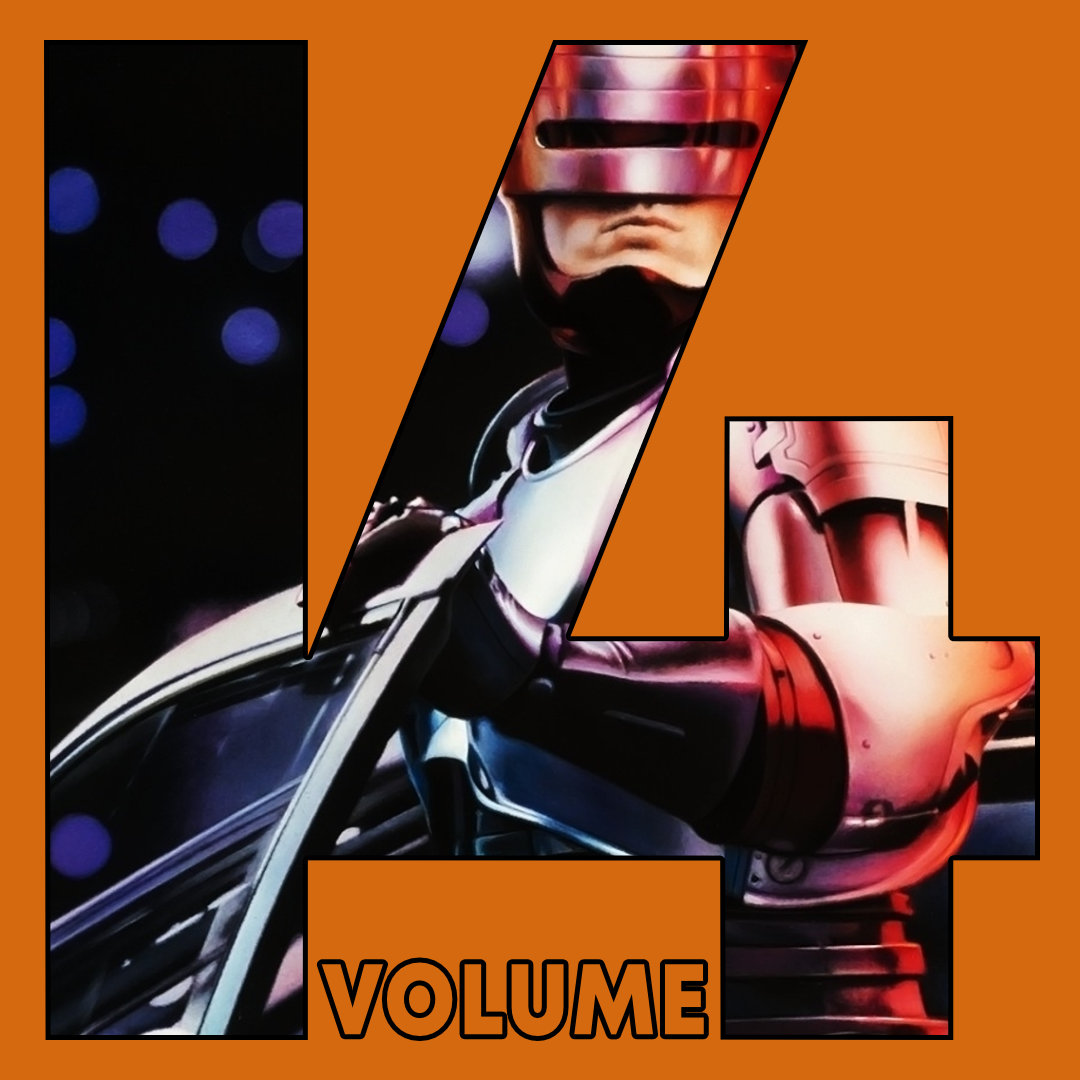

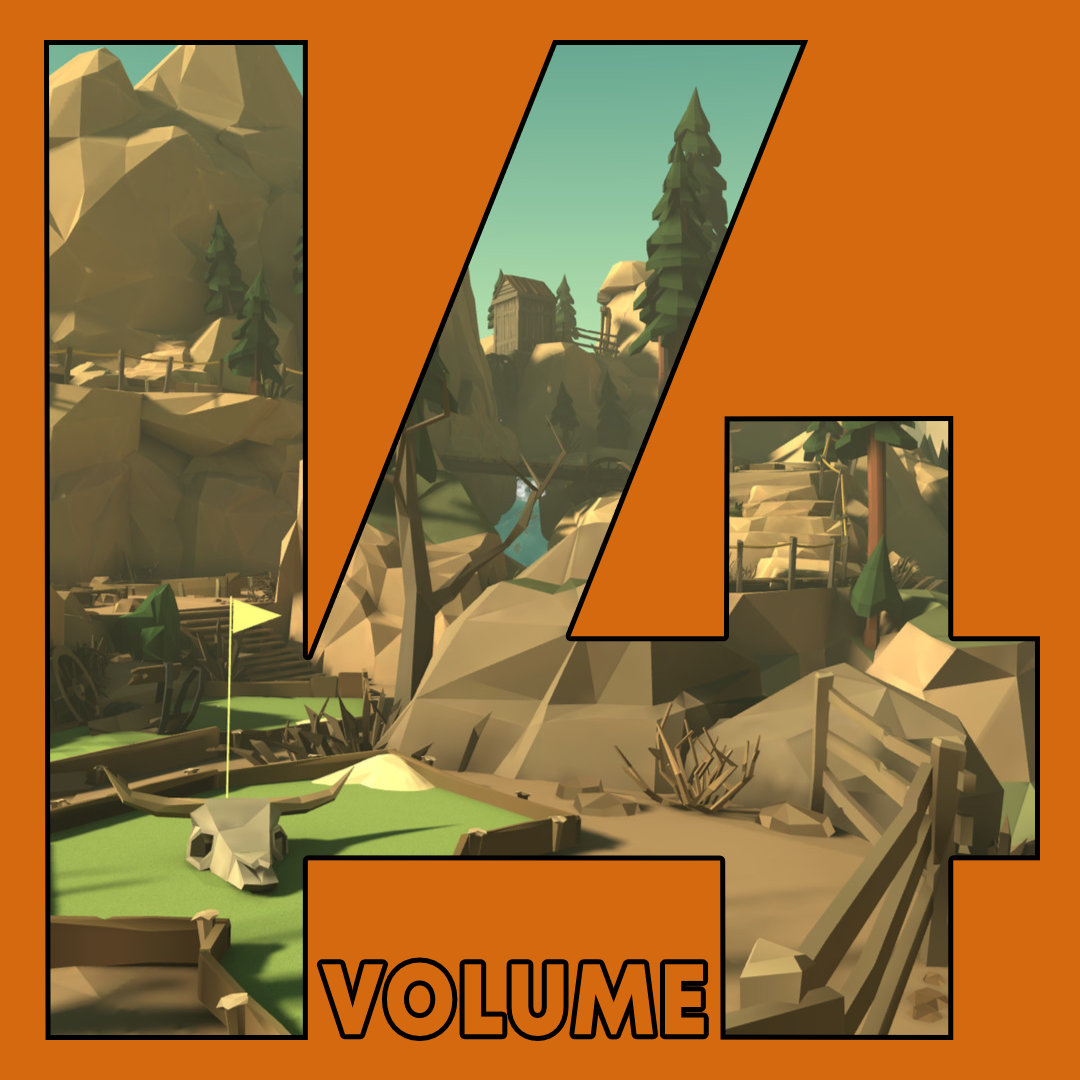

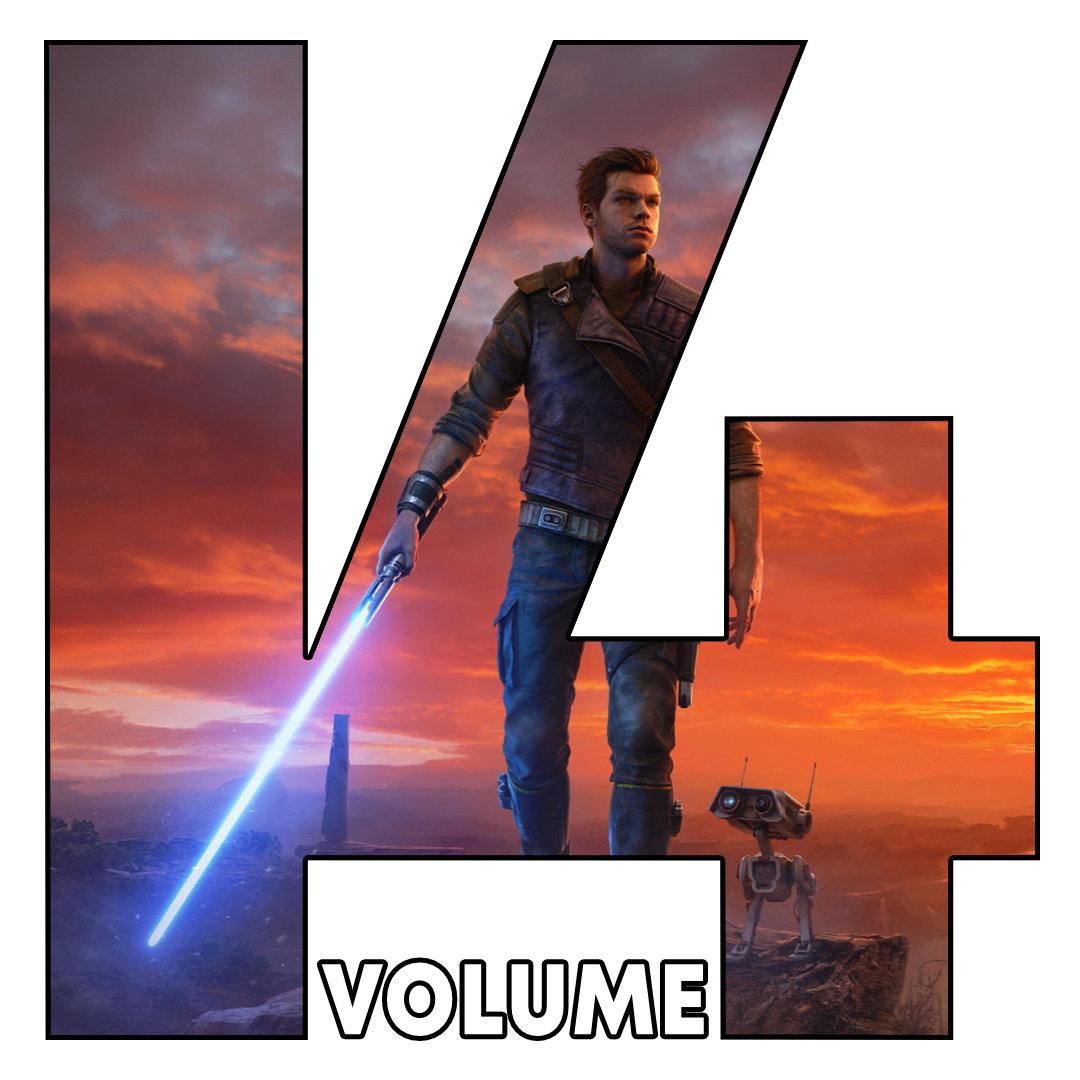
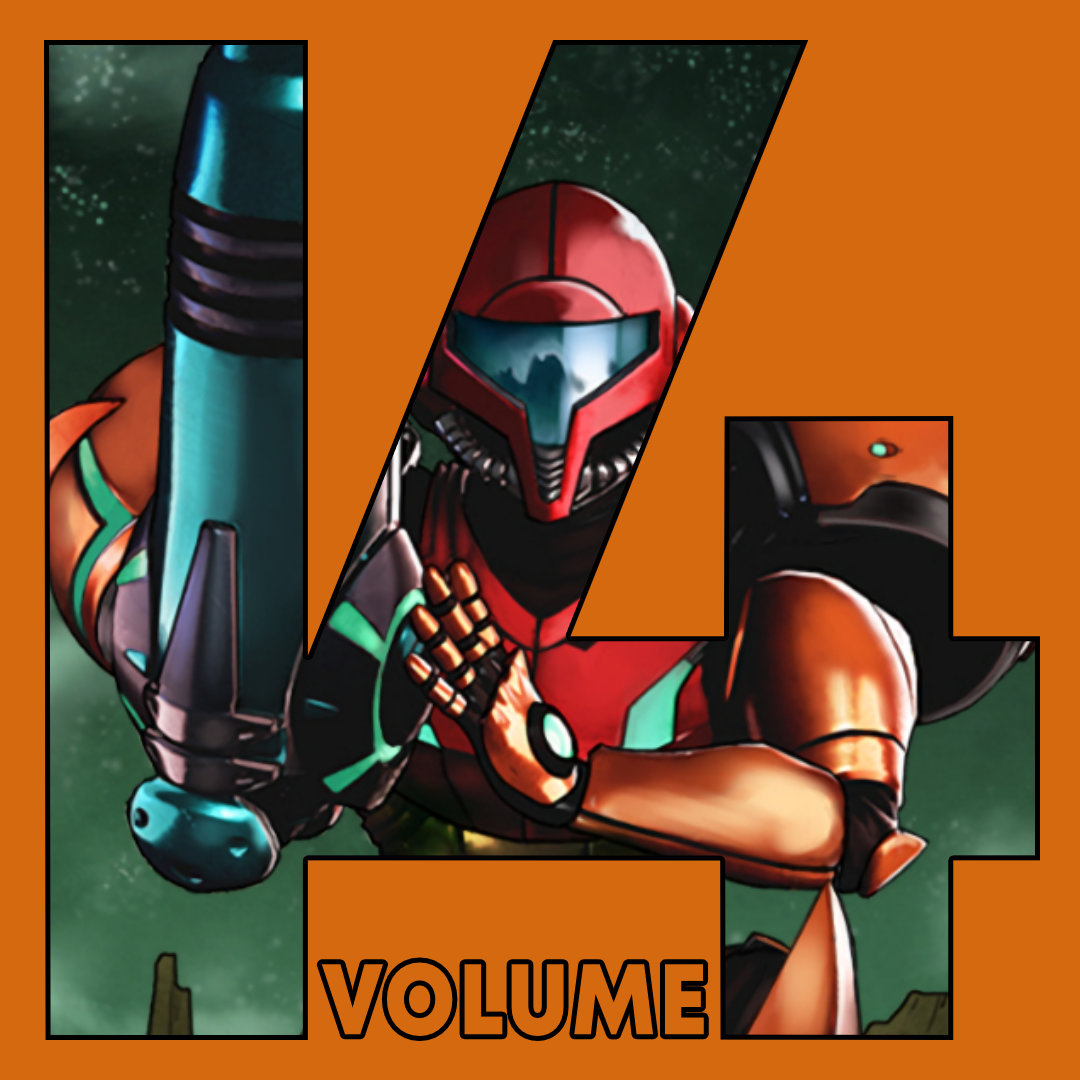



Excellent read. I spent many a lost hour playing this back in the day – although it never quite beat Defender for plain old addictivness for me.
Thank you. Of course I love Defender too, however Dropzone gave me the chance to play a damn fine version, with more manageable controls, in my own bedroom!
Great article. I fell in love Defender in the arcades, it just seemed so much faster than everything else around it at the time and the sparse but perfectly suited sound fx (the thudding as enemies are destroyed, mentioned by Leon above, is such a satisfying sound) would have me transfixed and terrified within moments of hitting the player 1 button to start.
Dropzone was brilliant interpretation of many of the concepts of Defender.
What I loved about Dropzone was that, as hinted at by Leon above, like Defender it got to be really challenging but it was always fair. I remember boasting to Leon that I had ‘completed’ Dropzone (losing your final life with a score of over 1 million got you the rating “Megastar – mission completed” on my C64 while using a simple 100 smart bombs cheat.
His withering look of disgust sent me back home to do the job properly – his having an Atari and me a Commodore meant we weren’t able to compare gaming skills much in those days so I was keen to show what I could do on this shared game. Alas, as mentioned by Leon in the article above, my successful attempt to prove my worth the second time was shot down by Mr. Maclean himself with the statement: “Those who can reach Megastar status on the 64 should have had enough practice to attempt an Atari supervised Dropzone mission.” Noooooooo! 🙂
Fantastic game.
Awesome game. The Amiga datastorm version is a little better than c64 but harder. I am enjoying a course of dropzone on a c64 emulated on a CRT at 50 fps and is awesome I can reach 70.000 points at the moment haha. I prefer the crude graphics of c64 for some reason and the game feels more fair. I must try the atari version too.